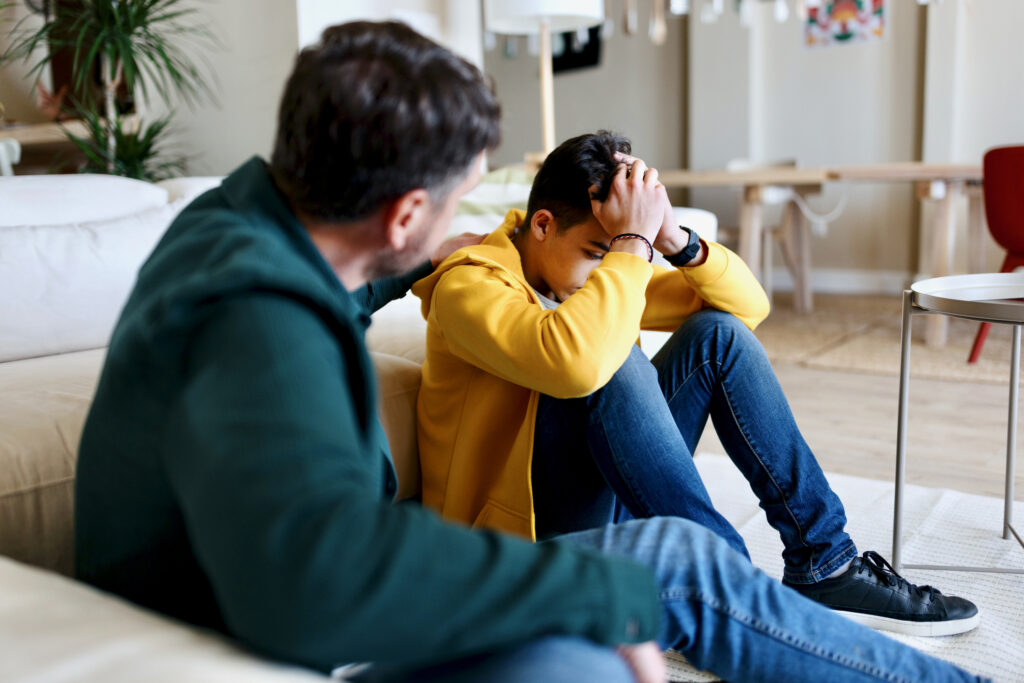Why Children’s Behaviour Might Surprise You (And What It Means)
Every day in fostering, we encounter children whose behaviours may initially seem perplexing or challenging. But here’s the key: behaviour is a form of communication. Understanding what a child is trying to express with their actions is crucial for any foster carer. Through this blog, we’ll explore the roots of these behaviours, connected to trauma and attachment theory, and offer practical guidance to address them effectively. By tapping into these insights, you can truly transform both your life and theirs.
Content Overview
In this article, we’ll begin with the foundational concepts of understanding children’s trauma responses and then explore why these insights are essential. We’ll delve into practical strategies you can adopt immediately and examine how your emotional state influences these interactions. By the end, you’ll be equipped with a toolkit of knowledge, empathy, and action steps to navigate the complexities of foster care.
Foundation: Why Do Children Behave This Way?
What is a Trauma Response?
Children who enter foster care often carry with them a history of traumatic experiences. Trauma responses are the psychological and physiological reactions children have to any event that may have threatened their safety or well-being. These responses often manifest as fight, flight, freeze, or fawn behaviours. But rather than seeing these as ‘problems’, recognise them as adaptations—a child’s way of ensuring survival in environments where they felt unsafe.
The Link Between Trauma and Behaviour
A child’s challenging behaviour can often be traced back to these experiences. For example, a child who frequently ‘acts out’ might be responding to an environment that feels unpredictable. Similarly, a child who is often ‘disrespectful’ or ‘defiant’ may be struggling with a lost sense of safety and control. Understanding these links helps de-personalise the behaviour—it’s not about you; it’s about their history and inner world.
Challenges for Foster Children
Being a young person in the foster system comes with its own set of hurdles. These children are adapting to new environments with caregivers they may not immediately trust. Each interaction is layered with their past experiences, which can often include neglect, abuse, or unstable living conditions. As foster carers, part of our role is to recognise these layers and respond with patience and understanding.
The Role of Foster Carers
Your role is pivotal. You are not just their guardian; you are their guide to healthier milestones in life. By being informed about trauma responses, you can create an environment that fosters healing through relationship and understanding, ultimately helping to build trust and establish a secure attachment.
Why Understanding Trauma Responses Matters
Effects of Unmet Needs on Foster Children
If children’s needs are not addressed, they risk developing further emotional and behavioural issues. A lack of safe, nurturing relationships can hinder their emotional regulation and interpersonal skills, potentially affecting their educational and social outcomes.
The Role of Insight in Child Development
When you understand the behaviours linked to trauma, you’re not just reacting; you’re responding. This informed response can help build trust, foster attachments, and encourage healthier development paths for your foster children.
Long-term Benefits for the Child and You
Addressing trauma-driven behaviour effectively can vastly improve a child’s long-term emotional and cognitive development. As caregivers, engaging in this process enables not only the child’s growth but also enriches your experience, creating a positive and nurturing family environment that benefits everyone involved.
Practical Strategies for Better Days
Each child is different, and finding what works for them can be a journey. Let’s explore some concrete steps you can take.
Strategy 1: Identify Triggers
Learn to identify what might trigger a child’s challenging response. Is it transitions, certain sounds, or particular requests? Building awareness around these triggers allows you to anticipate and assist the child in navigating these moments.
Strategy 2: Provide a Predictable Environment
Children thrive on routine and predictability. Establish consistent daily patterns to help foster children feel more secure. Predictability reduces anxiety and offers a scaffold on which your child can build new, healthier behavioural responses.
Strategy 3: Use Co-regulation Techniques
As you respond to a child’s behaviour, your emotional state plays a critical role. Engage in co-regulation by maintaining a calm, supportive presence, which helps lower the child’s distress levels and teaches them emotional regulation.
Strategy 4: Develop Communication Skills
Teach children to express their needs and feelings in healthy ways. Use activities like role-playing or storytelling to help them find words for their emotions and experiences.
Adapting Strategies for Different Children
Remember, flexibility is key. While one child might respond well to specific strategies, another may not. Be observant and tailor your approach to each child’s unique personality and experiences.
The Deeper Challenge: Advanced Applications
In some complex cases, implementing these strategies may necessitate more intensive intervention or collaboration with professionals.
Seeking Professional Help
Don’t hesitate to involve child psychologists or counsellors when you find behaviours that don’t respond to initial strategies. Professionals can offer insights that facilitate healing in more profound ways.
Ensuring a Supportive Environment
Building solid foundations at home and in the community is essential.
Creating a Safe, Nurturing Space
Transform your physical environment to be a comforting and safe space. Think about lighting, noise levels, and the availability of personal spaces. Creating this warming framework can make all the difference.
Working with Your Support Team
Engage actively with teachers, therapists, and caseworkers. Foster a collaborative approach and ensure everyone involved understands the child’s needs and your methods.
Building Connections in Your Community
Join foster care support groups. Sharing experiences with other carers provides encouragement and fresh ideas, creating a stronger support network for you and your child.
Conclusion
We’ve journeyed through understanding and responding to children’s trauma-influenced behaviour, tackling practical strategies and learning how to build a supportive environment. Remember that each slight improvement, each act of understanding, brings new light to fostering. Utilise your community, trust your instincts, and remain adaptable in your approach. Your role is of immense value, and with each breakthrough, you are helping to shape a more positive and hopeful future for your foster child.
Call to Action
Explore these strategies in more depth and share your experiences. What’s been most effective for you? Let’s build a shared resource of wisdom within our community. And never forget—your commitment to this journey makes a world of difference.
|
ReplyForward
|


